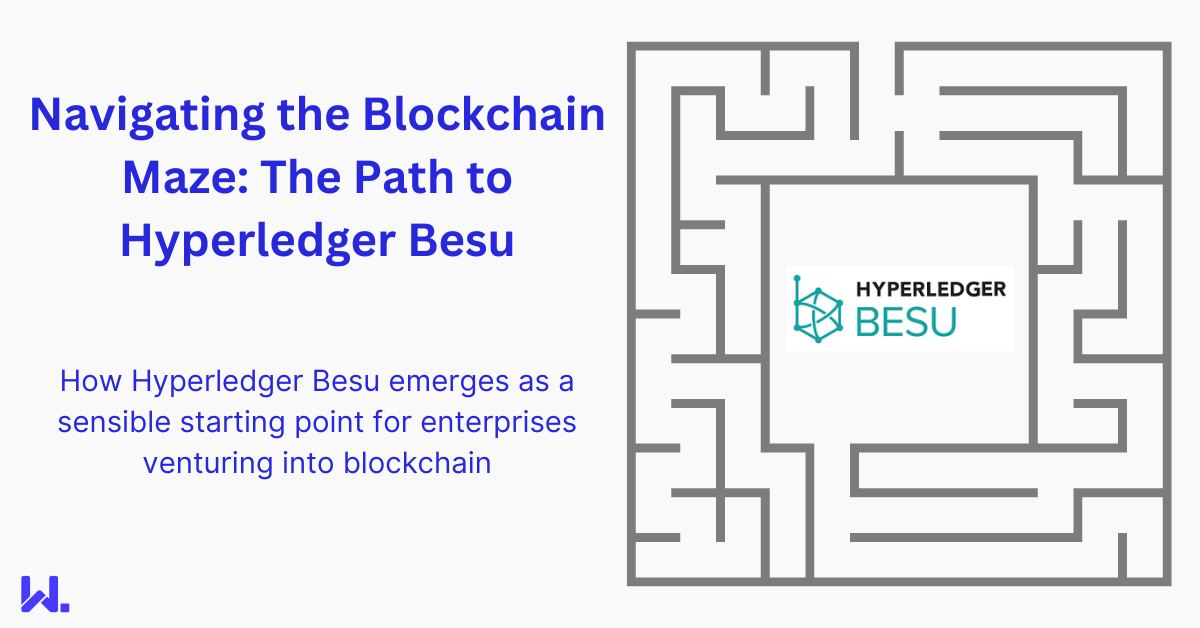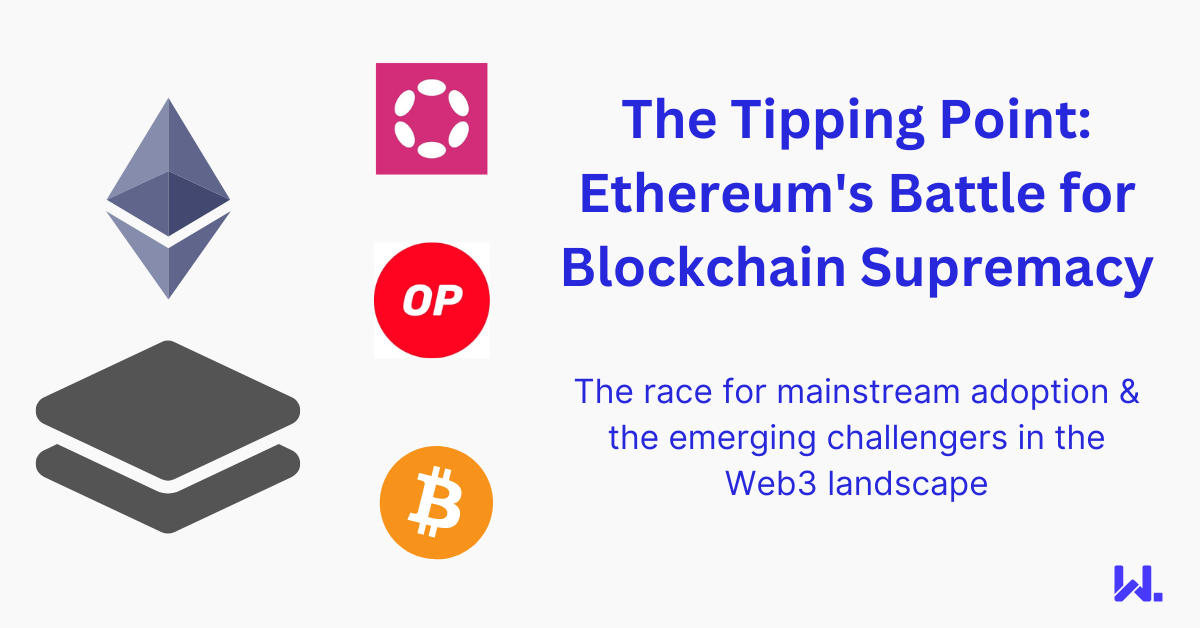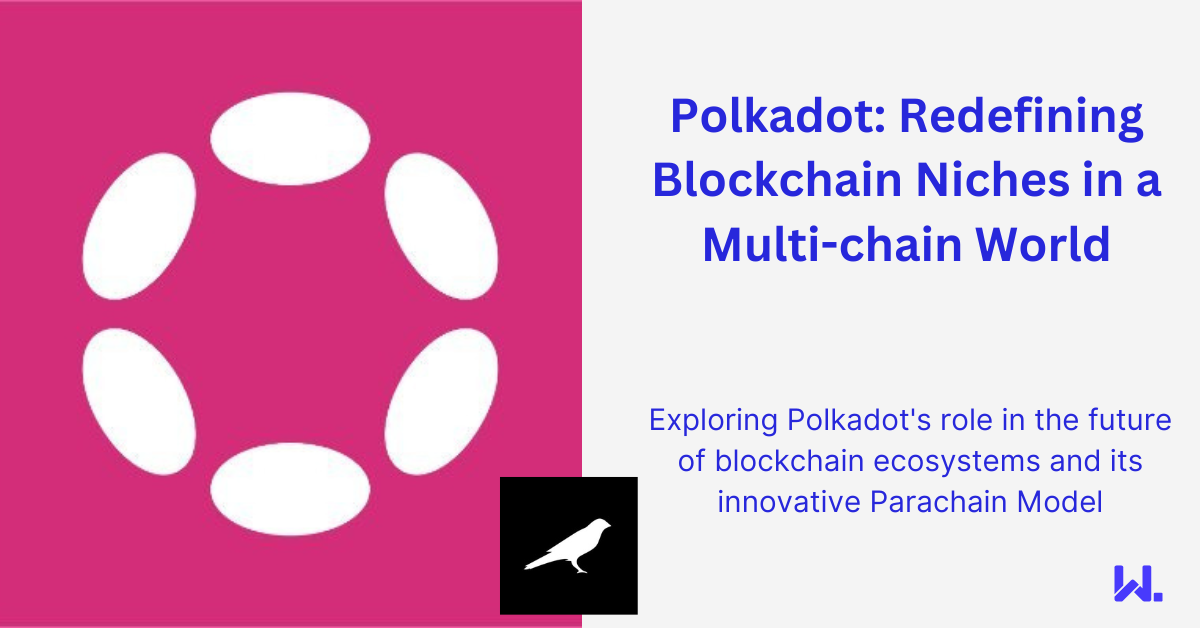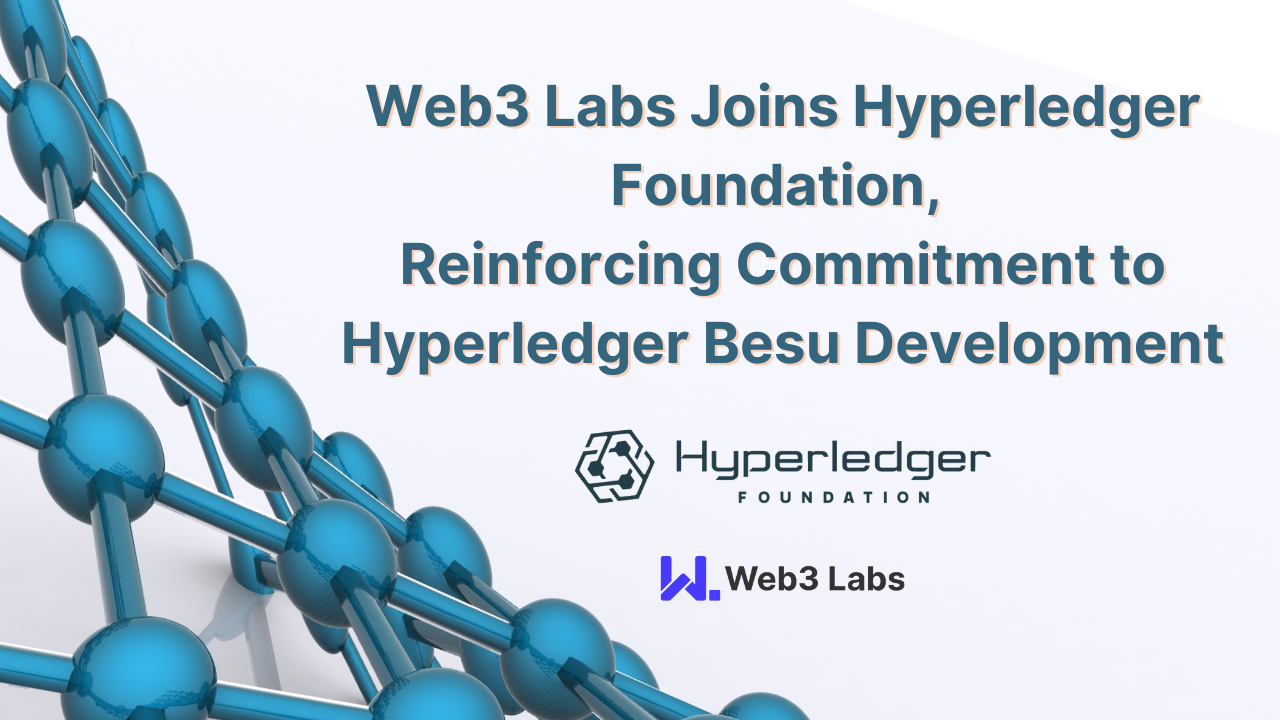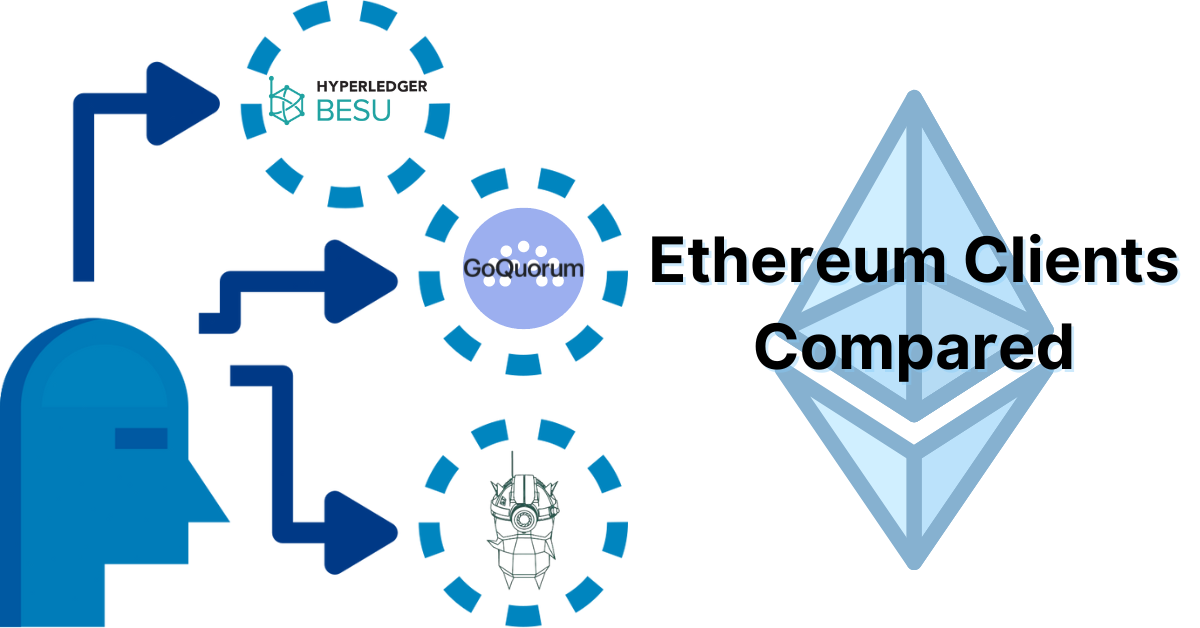With all of the uncertainty surrounding which blockchain platforms will come to dominate the landscape longer term, companies wishing to launch a platform still face a dilemma as to where to focus their efforts. Most established companies still are apprehensive about working with public blockchain networks. There are a number of reasons for this such as a lack of regulatory clarity, which affects:
Public network compatibility
These reasons are barriers for a number of potential participants to embrace these networks. Companies such as EY and J.P. Morgan are working hard to make inroads here, but for your typical financial enterprise or legislator interested in blockchain use cases, public networks are still a non-starter.
Even against this, companies are still keeping close tabs on activity in public networks as with any blockchain initiatives, they want to future-proof their work as much as possible.
In the past enterprises would typically choose between Ethereum, Fabric or Corda for their private network deployments. Now they tend to focus on technologies that will be compatible with public networks.
Should they choose an Ethereum technology or an alt-layer 1 protocol such as Polkadot that enables them to spin up their own isolated blockchain?
If they choose Ethereum, should they be considering a layer 2 platform? Optimistic rollups with Arbitrum or Optimism? Or zero-knowledge rollups with Polygon, Linea, ZK-Sync or Starkware? Or perhaps wait for app chains or layer 3 chains to emerge.
The breadth of possible combinations is mind-bending, but this is in part due to the breakneck speed of developments still on public blockchains which are vying for user growth and adoption. Even with all of these choices, the EVM remains the de-facto platform by most for smart contract development, and in this respect, at least this decision is straightforward.
Starting with the EVM as the base technology, what is the most flexible foundation to lay for a private network? If one wants to be able to take advantage of the innovations evolving at breakneck speed without putting all their eggs in a single layer 2, having a base Ethereum network is a sensible starting point.
Ethereum Clients
Focusing on the base layer clients of Ethereum simplifies the picture somewhat. The base clients of Ethereum fall into two camps — execution and consensus layer. The consensus layer clients emerged due to Ethereum's migration to Proof of Stake (PoS) consensus.
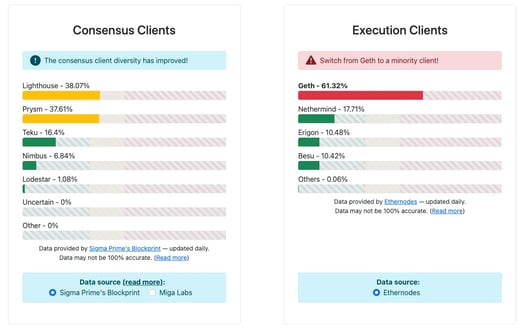 The various different clients available and their usage in the Ethereum mainnet (source clientdiversity.org)
The various different clients available and their usage in the Ethereum mainnet (source clientdiversity.org)
However, unless one is running a public blockchain network, PoS is not necessary, as other alternatives exist. These other consensus mechanisms include proof of authority (PoA), IBFT and QBFT, which are baked into a number of execution clients for Ethereum. This leads us to a path where the primary choice is which execution client to choose. These can be viewed as a choice between:
-
Geth
-
Hyperledger Besu
-
Nethermind
-
Erigon
All of these were designed as mainnet Ethereum clients. They all support proof of authority (PoA) consensus, as this is used for many of the Ethereum testnets, and their roadmap and feature set is primarily dictated by public blockchain activities.
Hyperledger Besu differs from them all in that it was also designed to cater for private network needs. These private network needs started with the creation of Quorum, a fork of the Geth codebase by J.P. Morgan in 2016.
Quorum added support for privacy and additional consensus mechanisms to better serve the needs of enterprise. These additions were then standardised via the Enterprise Ethereum Alliance.
Hyperledger Besu was the only Ethereum client that was designed at inception to support these enterprise-specific features as well as be compatible with the public networks. It also superseded the fork of Geth as the default client used in Quorum.
The Hyperledger Foundation
The history of Hyperledger Besu is helpful in appreciating how it got to where it is now, however, its also useful to consider the benefits of it being a project governed by the Hyperledger Foundation, which is a not-for-profit arm of the Linux Foundation that caters for blockchain and DLT specific projects.
Hyperledger is a neutral entity — it is not a commercial organisation, but its members include many large commercial organisations spanning technology, finance and other verticals.
For projects to become Hyperledger projects, they need to adhere to governance guidelines set by the Hyperledger Foundation which ensure that they are well maintained and supported by multiple firms to ensure that they do not come with the key maintainer risk of open source software maintained by singular entities.
This is very attractive to enterprises as it ensures that projects have the potential to outlive their creators, which means organisations can have greater confidence in adopting this technology themselves.
All roads lead to Besu
It is this historical context, coupled with the backing of the Hyperledger Foundation which has seen its popularity explode during the past couple of years.
When one surveys initiatives being undertaken in the TradFi landscape, they are now overwhelmingly using Hyperledger Besu.
Some of the recent examples include (additional sources — Hyperledger ):
-
Fnality International's Global Payments Platform which is backed by 16 major institutions including Banco Santander, ING, Nasdaq, Nomura and UBS.
-
Bank of Thailand’s Project Inthanon for domestic wholesale fund transfer using wholesale CBDC
-
Project Inthanon-LionRock, now the mCBDC Bridge Project, led by the Bank for International Settlements Innovation Hub, Hong Kong Monetary Authority, Bank of Thailand, People's Bank of China, and Central Bank of the United Arab Emirates.
-
Spain's Smart Money experiment on the technical aspects of a digital euro’s distribution, use, and design options. The initiative was led by Iberpay, plus 16 banks including CaixaBank, Santander, BBVA, ING, and others
-
The Bank of Australia developed a POC for the issuance of a tokenised form of CBDC, with controls for access and security that could address the requirements of a wholesale CBDC and tokenised assets platform.
In addition, there are other large public permissioned deployments on Hyperledger Besu including:
The reasons why should be clearer now, but if we were to summarise why Hyperledger Besu is the most future-proof blockchain platform:
-
Hyperledger Besu is the only Ethereum client designed for both mainnet and private network use cases. This duality ensures there is a trickle-down effect of features from mainnet being available to private networks.
-
Being a Hyperledger project ensures that the life of the project will outlive any single commercial entity and that its licensing model will not change to a less permissive model.
-
It's too early to see any clear winners emerging for the layer 2/alt-layer one landscape in public blockchains. As almost all of these projects have the ability to hook into the Ethereum mainnet, be that via a bridge or a rollup technology, in creating private layer one networks using Besu, you are unlikely to encounter significant challenges with embracing other scaling technologies as they emerge.
In the coming years, the landscape will evolve and we may see new platforms starting to take hold. But at this point in time, Hyperledger Besu has established itself as the dominant blockchain client for permissioned ledgers, hence it's a sensible starting point for many organisations wishing to embrace blockchain and DLT initiatives.
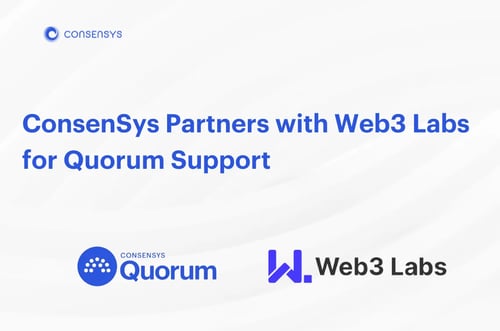
It is for this reason that Web3 Labs partnered with ConsenSys to provide Hyperledger Besu and Quorum support, if you’d like to learn more, please head over to the announcement from ConsenSys.
 The various different clients available and their usage in the Ethereum mainnet (source clientdiversity.org)
The various different clients available and their usage in the Ethereum mainnet (source clientdiversity.org)

